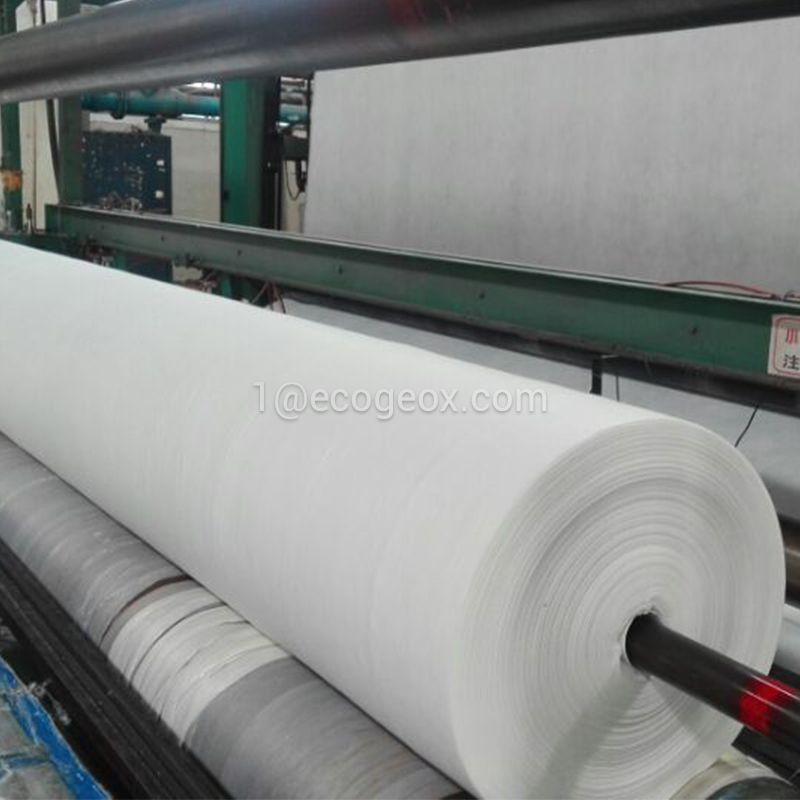In the realm of construction and civil engineering, the choice of materials plays a pivotal role in determining the success and longevity of a project. One such material that has gained significant importance is geotextiles. Are there different types of geotextiles for specific applications? The answer is a resounding yes! In this comprehensive guide, we delve into the intricacies of various geotextile types and their tailored applications, providing invaluable insights for professionals and enthusiasts alike.

Before we delve into the specifics, let's establish a foundational understanding of geotextiles. Geotextiles are synthetic or natural fabrics designed to improve the performance of soil and fulfill a range of functions in civil engineering projects. These versatile materials find applications in areas such as erosion control, drainage, filtration, and reinforcement.
Non-woven geotextiles crafted from fibers entangled through a mechanical process, excel in filtration applications. Their high permeability allows water to pass through while retaining soil particles. This characteristic makes them ideal for applications like road construction, where effective filtration is crucial to prevent soil erosion and maintain structural integrity.
Woven geotextiles, characterized by an interlocking weave pattern, serve as robust reinforcements. Their primary application lies in enhancing soil stability and preventing the occurrence of surface rutting. These geotextiles find their niche in projects such as embankment construction and railway track stabilization, where tensile strength is paramount.
Geogrids, although not traditional geotextiles, play a pivotal role in reinforcing soil structures. Comprising polymer or metallic materials, these grid-like structures provide unparalleled tensile strength. Geogrids are often employed in applications such as retaining walls and slope stabilization, where their ability to distribute loads efficiently makes them indispensable.
For environmentally conscious projects, coir geotextiles present an eco-friendly alternative. Crafted from coconut fibers, these geotextiles excel in erosion control applications. Their natural composition ensures biodegradability, making them a sustainable choice for projects focused on environmental preservation.
Selecting the right geotextile for a project is a nuanced process that requires careful consideration of the specific application. Engineers and project managers must assess factors such as soil type, project location, and intended purpose to make an informed decision. Here's a brief guide to aid in this selection process:
In projects where soil stabilization is paramount, woven geotextiles emerge as the preferred choice. Their interlocking weave pattern provides superior tensile strength, effectively stabilizing the soil and preventing undesirable shifts.
For projects emphasizing erosion control with an eco-friendly touch, coir geotextiles stand out. Their natural composition and biodegradability make them an excellent choice to mitigate erosion without compromising environmental values.
In scenarios requiring efficient drainage, non-woven geotextiles prove instrumental. Their high permeability allows for effective water passage while retaining soil particles, making them ideal for drainage applications in road construction and agricultural projects.
In conclusion, the world of geotextiles is diverse and dynamic, offering a plethora of options to cater to specific project requirements. Understanding the nuances of each geotextile type and its application is crucial for successful project execution and longevity. Whether it's soil stabilization, erosion control, or drainage solutions, the right geotextile can make all the difference.

Comments
0